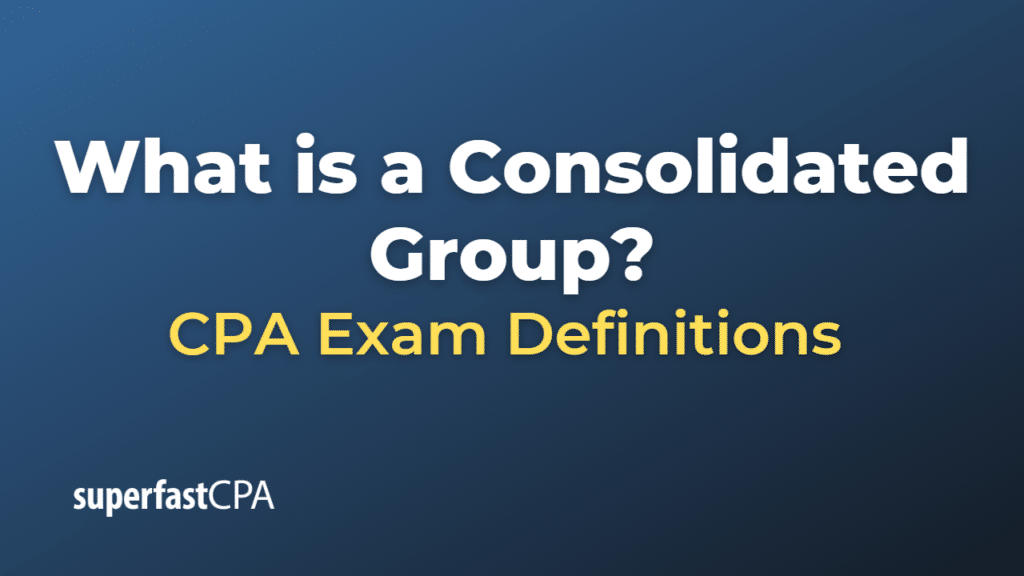Consolidated Group
A consolidated group refers to a parent company and its subsidiaries that are treated as a single entity for financial reporting, tax, and regulatory purposes. The purpose of consolidating the group is to provide a comprehensive view of the financial performance, position, and cash flows of the entire group, allowing stakeholders to better assess the group’s overall financial health.
In the context of financial reporting, a consolidated group is formed when the parent company prepares consolidated financial statements that include the financial information of its subsidiaries. The process involves combining the financial statements of the parent company and its subsidiaries, eliminating intercompany transactions and balances, and adjusting for non-controlling interests.
In the context of taxation, a consolidated group typically refers to a group of companies that are treated as a single taxpayer. In some jurisdictions, such as the United States and Australia, tax consolidation allows the parent company and its subsidiaries to file a single consolidated tax return, offsetting the profits and losses of the group members against each other. This can simplify tax compliance, reduce administrative costs, and provide tax planning opportunities for the group.
It is important to note that the specific rules and requirements for forming and maintaining a consolidated group may vary depending on the jurisdiction and the relevant accounting and tax regulations. Companies should consult with their accounting and tax advisors to ensure compliance with the applicable rules and requirements.
Example of a Consolidated Group
Let’s consider a hypothetical example to illustrate the concept of a consolidated group:
Parent Company P is a multinational corporation that owns 100% of Subsidiary Q, 80% of Subsidiary R, and 60% of Subsidiary S. These three subsidiaries operate in different industries and countries. To provide a comprehensive view of the group’s financial performance and position, Parent Company P forms a consolidated group that includes itself and its three subsidiaries.
For financial reporting purposes, Parent Company P prepares consolidated financial statements, which combine the financial information of Parent Company P, Subsidiary Q, Subsidiary R, and Subsidiary S. The process involves:
- Combining the financial statements of the parent company and its subsidiaries line by line.
- Eliminating intercompany transactions and balances, such as sales or services provided between the parent company and its subsidiaries.
- Adjusting for non-controlling interests, which represent the portion of a subsidiary’s equity not owned by the parent company (20% in Subsidiary R and 40% in Subsidiary S).
By preparing consolidated financial statements, Parent Company P provides a more accurate and complete picture of the group’s financial performance and position, allowing stakeholders to make better-informed decisions about investing, lending, or conducting business with the group.
For tax purposes, let’s assume that Parent Company P and its subsidiaries are located in a jurisdiction that allows tax consolidation. In this case, the consolidated group can be treated as a single taxpayer, enabling the parent company and its subsidiaries to file a single consolidated tax return. This simplifies tax compliance, reduces administrative costs, and allows the group to offset the profits and losses of its members against each other, potentially resulting in tax savings.
In this example, the consolidated group, including Parent Company P and its subsidiaries, provides a comprehensive view of the financial performance and position of the entire group, and can also offer tax benefits and administrative simplifications for the group.













